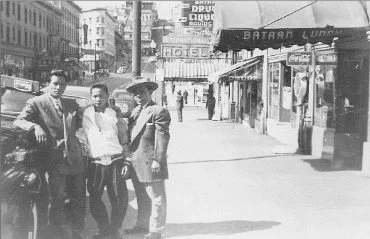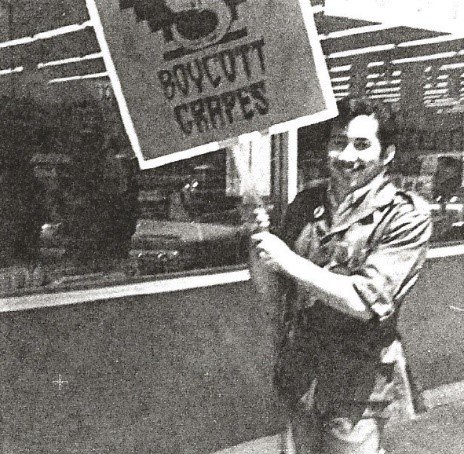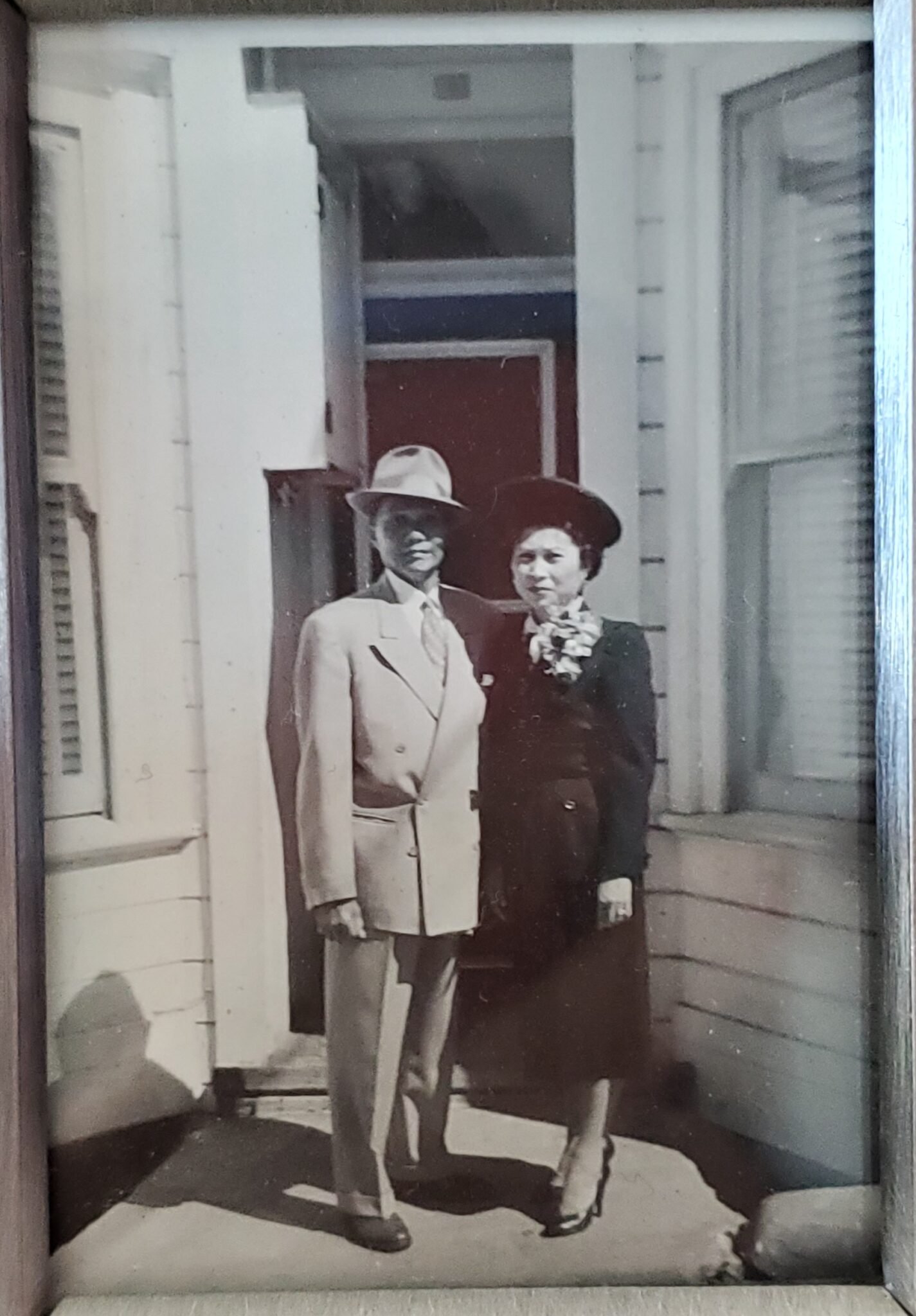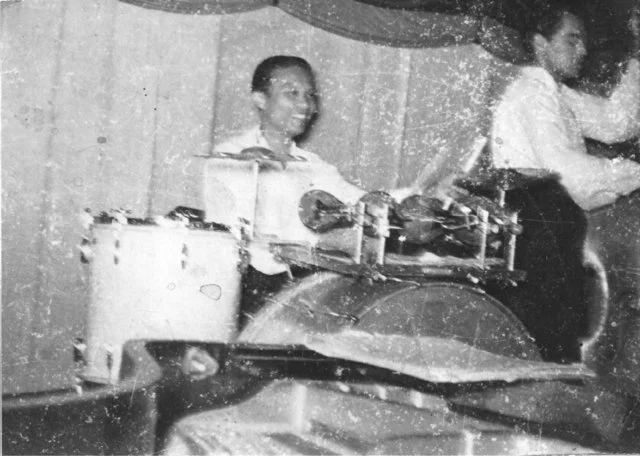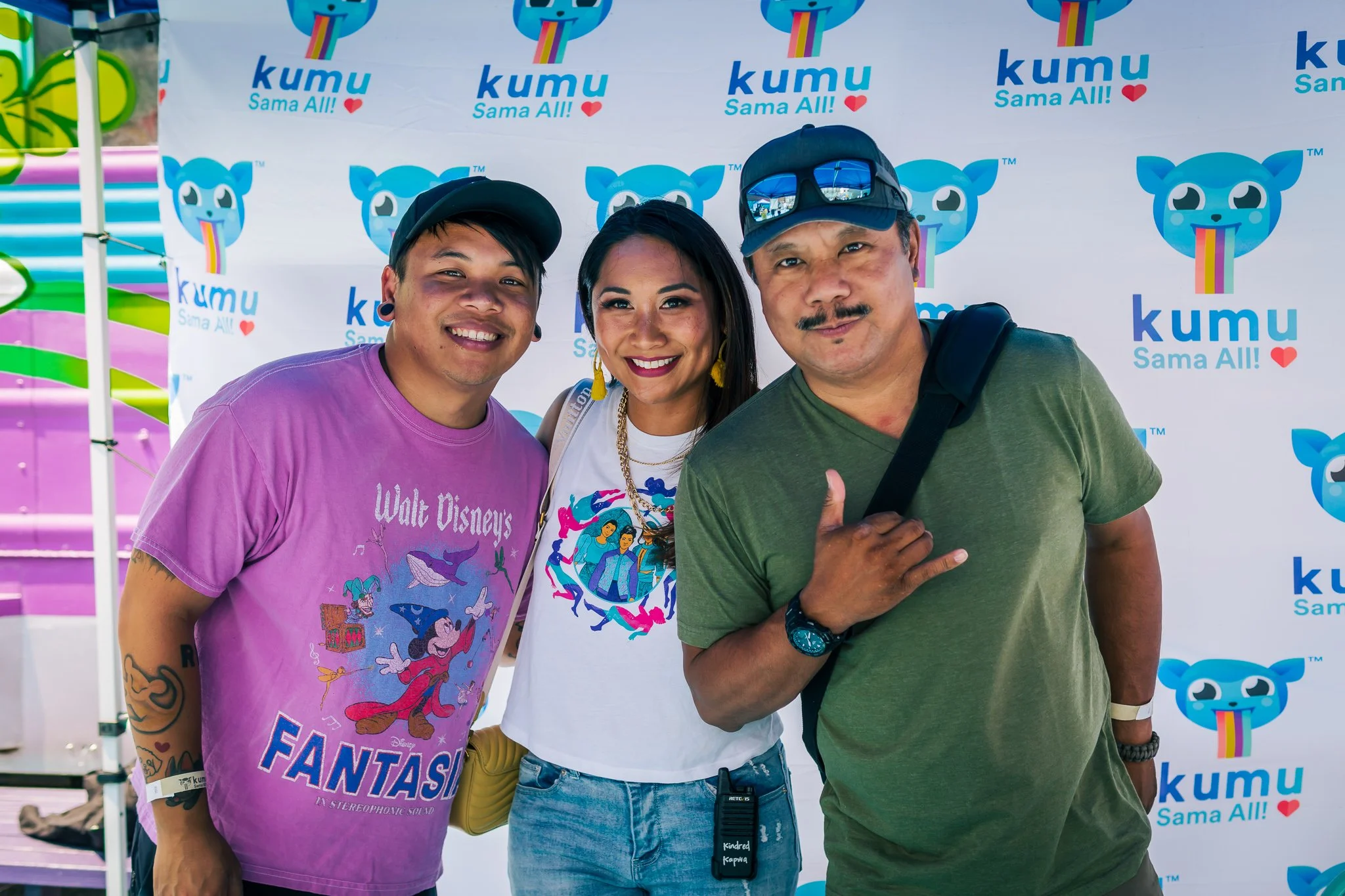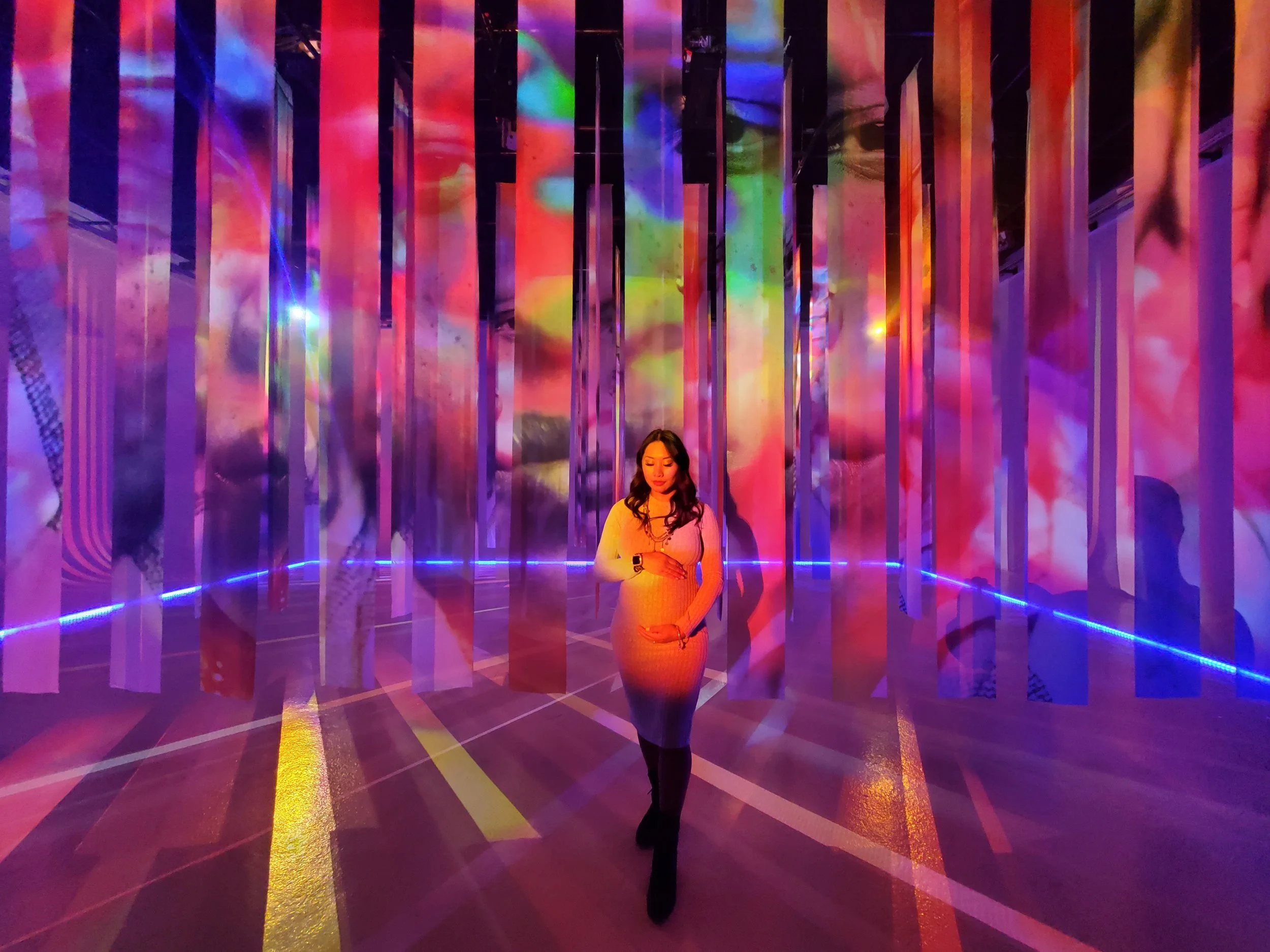Uplifting Filipinx Creatives with Nicole Salaver, Balay Kreative's New Program Manager
Please give a warm welcome to our new Program Manager, Nicole Salaver!
As a 3rd generation Filipina, Nicole is building upon her family’s legacy in the Bay Area by using her 20+ years of experience in the entertainment industry to uplift Filipinx creatives. From performing a one-woman show to creating her own web series, Nicole understands the importance of telling our stories authentically and unapologetically. We feel incredibly lucky to have her spearhead this new chapter of Balay Kreative.
I got a chance to speak with Nicole remotely, and even through a Zoom call her passion for everything she does could be felt - from Balay Kreative to her art to being 8 months pregnant. The energy she emitted was pointed and inspiring like a ball of fire accumulating in strength and force, ready to strike. Because despite her already long and multi-faceted career, she’s just getting started. And she’s bringing us along with her.
In our conversation, we talk about her family’s deep activist roots in the Bay Area, breaking out of patterns that never served us, and the Filipinx renaissance she wants to cultivate as Balay Kreative’s new Program Manager.
Profile by Chloe Samillano.
“That’s the beauty and importance of Balay Kreative - we are now supporting and cultivating Filipinx artists who are doing their thing, making money from it, and showing folks that you can make a living. You can have a career as an artist. ”
So I wanted to start with your background. As a 3rd generation Filipina, how has your family history shaped the way you’ve approached your art and community work?
Both my grandfathers immigrated to America in 1927, and settled in San Francisco in the 1930s and 1940s. [They] were part of the Manong generation, the first wave of Filipinos who immigrated here to the States. One of my grandfathers, on my mother’s side, was actually the owner of a pool hall and restaurant called Bataan Lunch Cafe, which was later called Mabuhay Gardens in Manilatown. My uncle, Pat Salaver, was the founder of PACE at San Francisco State University. He was also a part of the Third World Liberation Front, which helped create the very first Ethnic Studies program in the United States. So I come from a long line of entrepreneurs, pioneers, and activists for Filipino-American culture.
That’s awesome. So coming from that line, has that been something you’ve been conscious about growing up and being an artist?
When I first started out, I was more in alignment with the Hollywood fairytale of art and making it big and the whole construction of what success is in the lens of capitalism and white Hollywood. But as I started to grow as an artist, I realized that my success is more tied to what I’m saying as an artist and the projects I want to put out that really touch on Filipino-American culture. I say all of that to connect it with all of the work that my family has done over the generations here in the Bay Area.
When you were young, were you aware of all this history? Like your parents told you about the importance of everything?
I was aware of it but I think there’s a difference between being aware of it and being proud of it, you know?
Oh yeah, definitely.
I think as a child, and even in high school I just knew about it. I just knew my grandma as this Reverend that did a lot of work in the church, but all the stuff she did in the 60s and 70s were just stuff from the past. It took me going to SF State to appreciate everything that my family has done. Because that was when I took a Filipino-American history class and the curriculum was literally around my family. And I was the only one in class getting A’s and everyone was like, “How do you know all this stuff?”. And I had to be like, “This is about my family…” [Laughs]. Like this is just part of my legacy.
Nicole directing on the set of “The Masterpiece”, a short film written by her mother, Luna Salaver.
Moving more into your artistic background, I know you’ve done a lot. You’ve had many roles in different mediums, so in your own words, how would you describe your artistic background?
I would say I’m a “creatrix”. As an artist, I don’t like to pigeonhole myself into one medium or category or box. I think a lot of capitalist artists, artists who are more tied to the capitalist definition of what art is, are happy to do that, but for me, I create art in all its forms. If I feel like I’m gonna write then I’m gonna write, if I feel like I’m gonna paint a rock then I’m gonna paint a rock.
To pigeonhole ourselves and put ourselves into these boxes, just makes other people more comfortable. But art is an expression of our soul and what we know. It’s our experience and things shouldn’t be limiting us as artists. If people feel fine about defining their art in certain ways that’s fine, but for me I just like to say I’m a “creatrix”. Like right now I’m focusing my energy on filmmaking and producing…and growing a baby.
“I realized that my success is more tied to what I’m saying as an artist and the projects I want to put out that really touch on Filipino-American culture.”
Growing up did you have artists that inspired you to take a creative career path?
My grandpa was a drummer for a big band, my mom was a Samba dancer, my father was a painter and musician, and my uncle Pat was a Jazz musician too. So luckily I had a lot of creative artists in my life personally. But a lot of them were still in that scarcity mentality with their art, where it was fine for it to be a hobby, but it wasn’t fine for it to actually make money and be a professional artist.
I walked this fine line of being immersed in this culture of art since I was a kid, and then not knowing any artists who were Filipino who were actually working in the business and making money. So I had to look up to white artists, like Kevin Smith or Audrey Hepburn. As far as POC artists, there was Frida Kahlo and Audre Lorde.
But also that’s the beauty and importance of Balay Kreative - we are now supporting and cultivating Filipinx artists who are doing their thing, making money from it, and showing folks that you can make a living. You can have a career as an artist.
What made you want to work at Balay Kreative?
When I came back to SF, I took 2020-2021 to recalibrate, realign, and reground into what I wanted to create next. The answer that came was: focus on legacy. Not just in your art but in your community. At that point, I had produced Kapwa Cares with AJ Rafael, Rex Navarrete, and artists I knew from the Bay. It was a huge success. We raised $4000 for SOMA Pilipinas, Bindlestiff Studios, Kultivate Labs, and Kapwa Gardens. I had so much fun putting it on and having it for the community, and having the money be donated to organizations doing the work for the community. I was like ‘this is what I like to do, this is what I’m good at - producing events, programming, and working with artists’. So I saw the job description for Program Manager, and saw Desi [Danganan] at a Bindlestiff event in December 2021 and he told me to apply.
With AAPI hate crimes peaking in 2021, Kapwa Cares was a fundraiser event for people to spread joy and heal through community, comedy, and music.
Nicole with AJ Rafael (left) and Rex Navarrete (right).
A big theme for me in 2022 is leaving a legacy that I’m proud of not only for my son, who I’m literally growing right now, but also other young Filipino-Americans who want a space and support in their art and need inspiration to see other Filipino-Americans doing it, that it’s possible. I feel like we’re now entering a new Renaissance period, especially for folks of color and Filipino-Americans, where we’re just starting to see the possibility of what we can accomplish together. If I had that growing up, I would’ve been able to process [the reality of being an artist] even more.
“We’re now entering a new Renaissance period, especially for folks of color and Filipino-Americans, where we’re just starting to see the possibility of what we can accomplish together.”
One of my Filipino artist friends went to Balay the other day for ChiChai’s Kulay at Kwentuhan, and she told me “I can’t believe this space exists”, like she was so grateful. So the work is already happening. In terms of values and intentions, what do you see yourself bringing into the Program Manager role? I know you talked a bit about that.
With intentions for Balay, it’s about opening folks up to see the possibility, the abundance, and the power there is - really tapping into themselves and relying less on what other people have dictated is possible in their own lives.
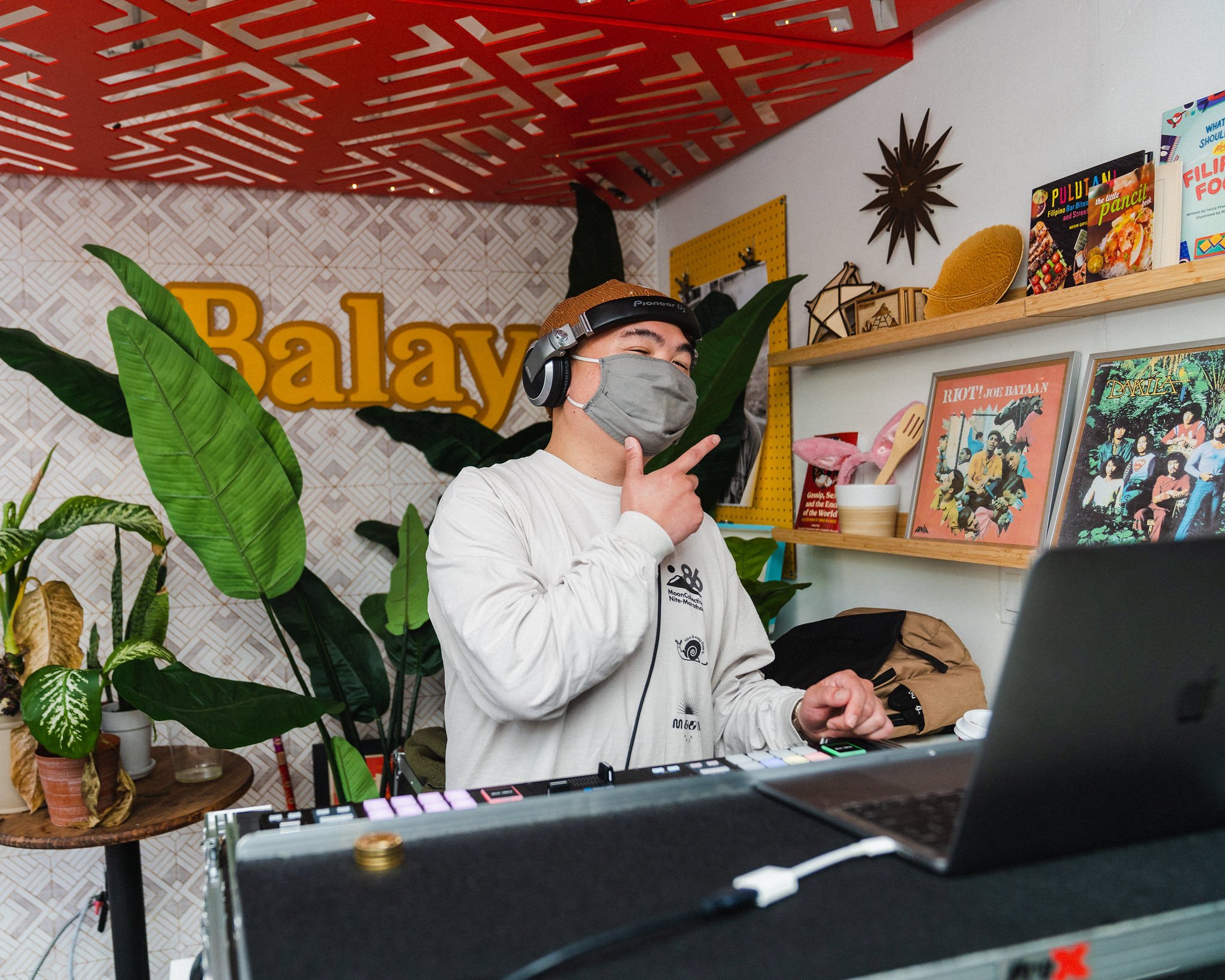
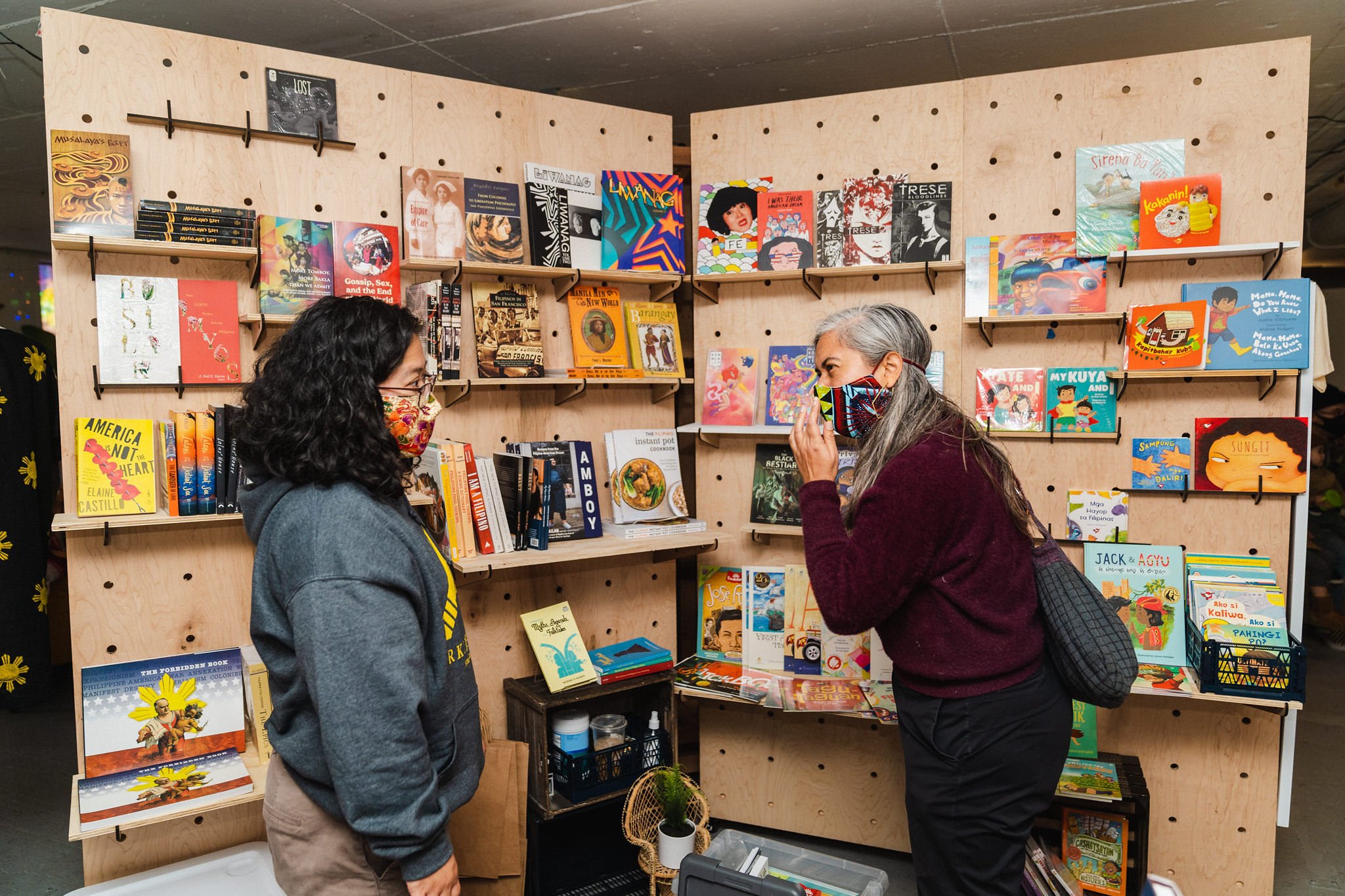
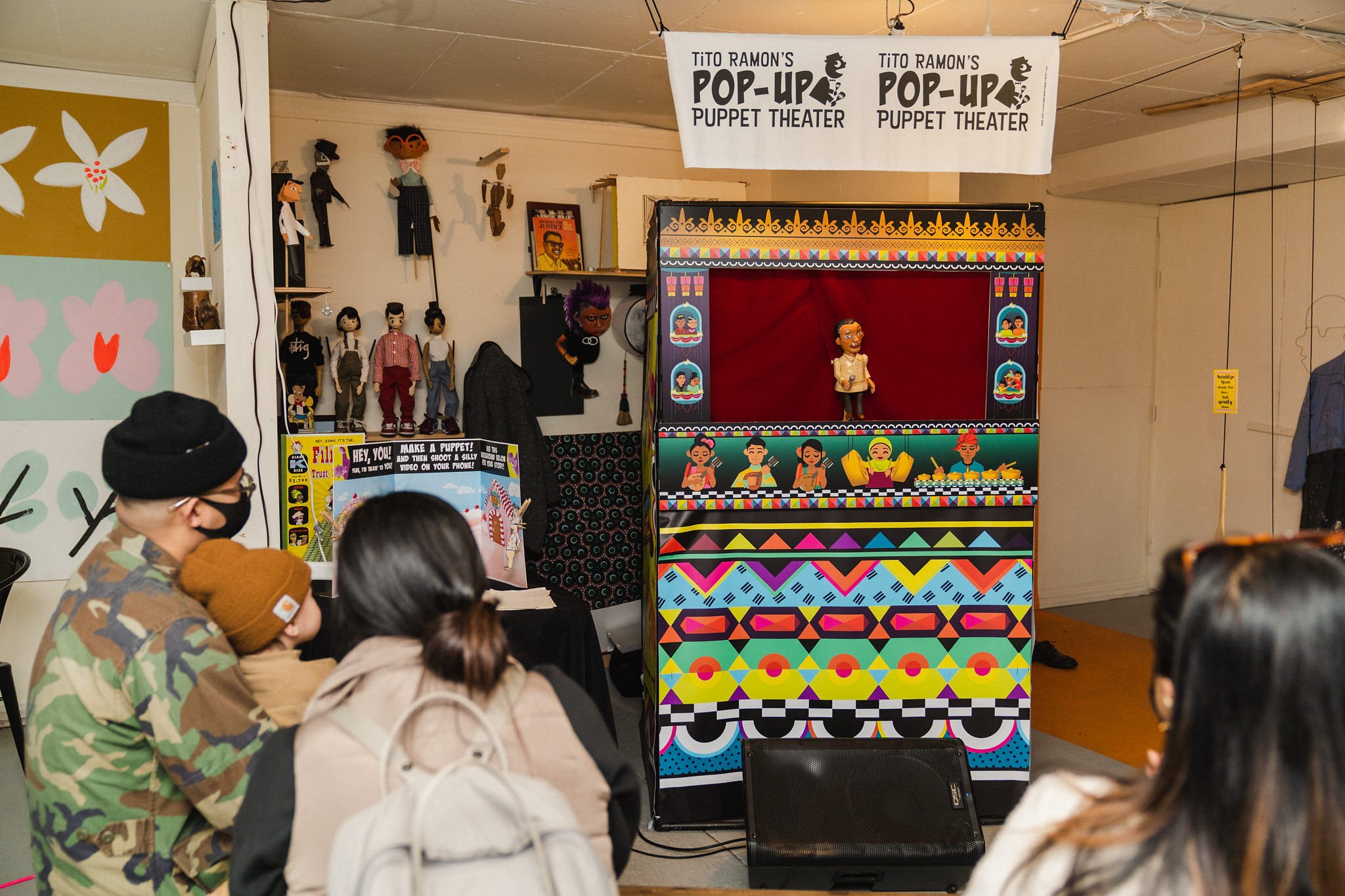

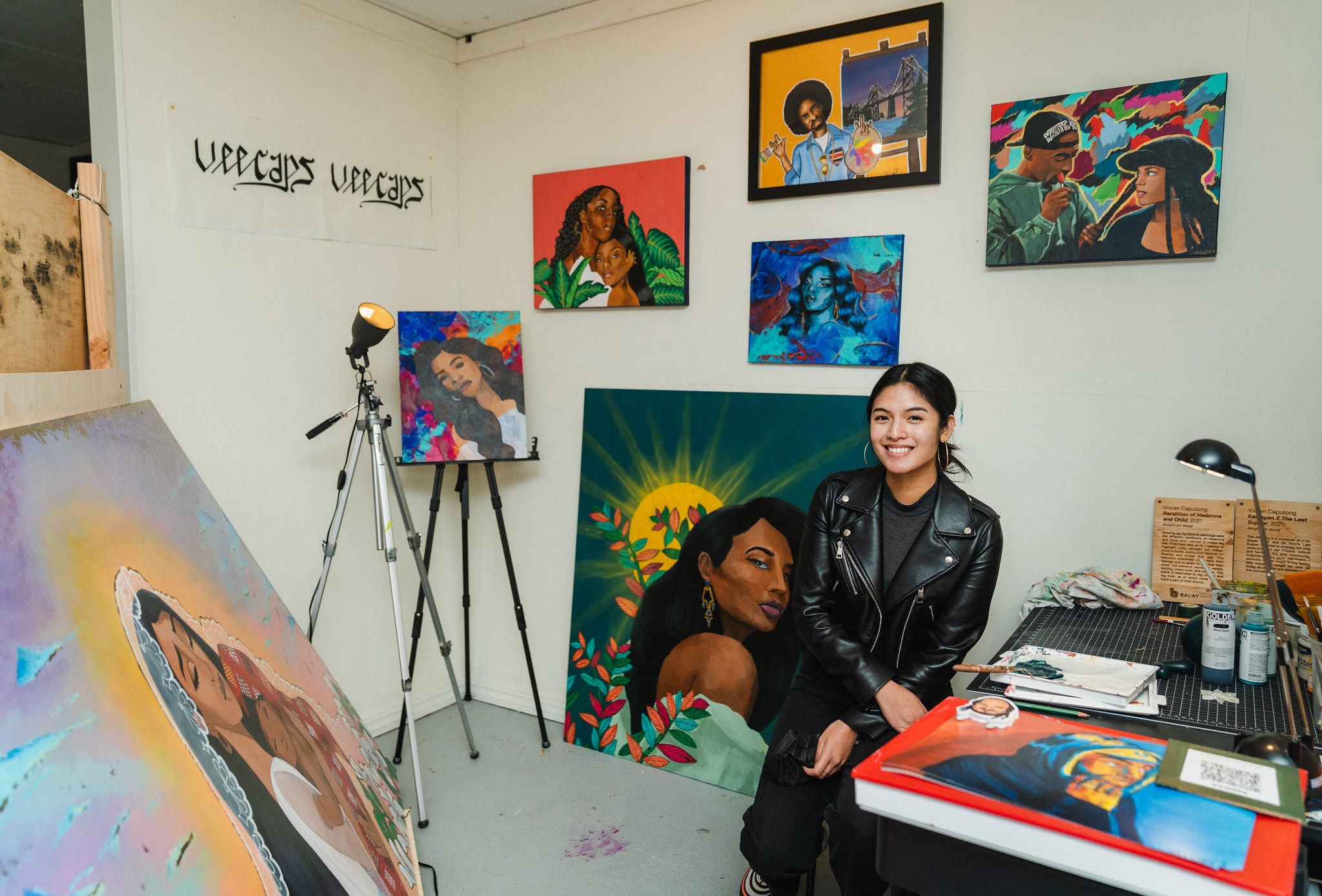
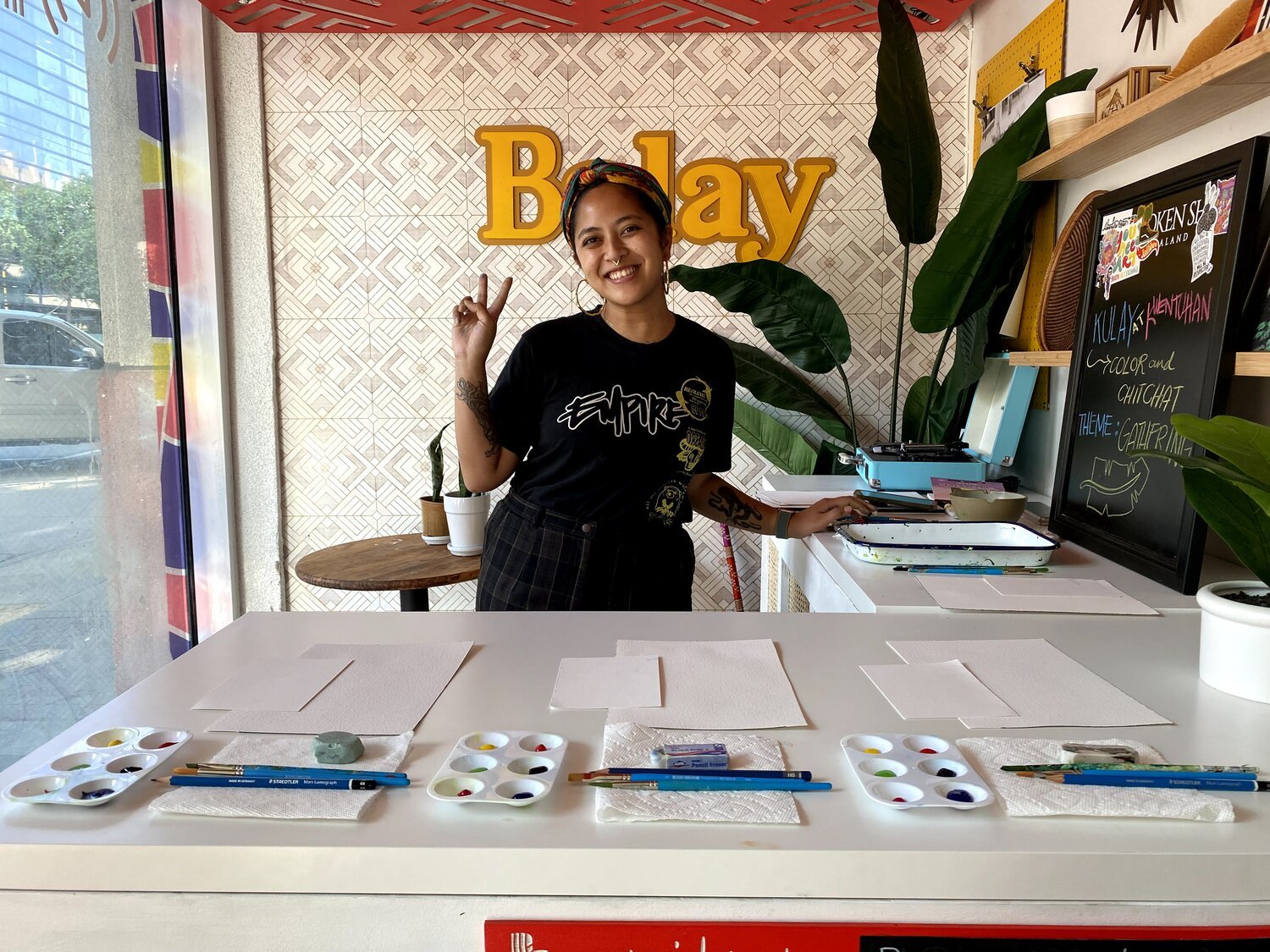
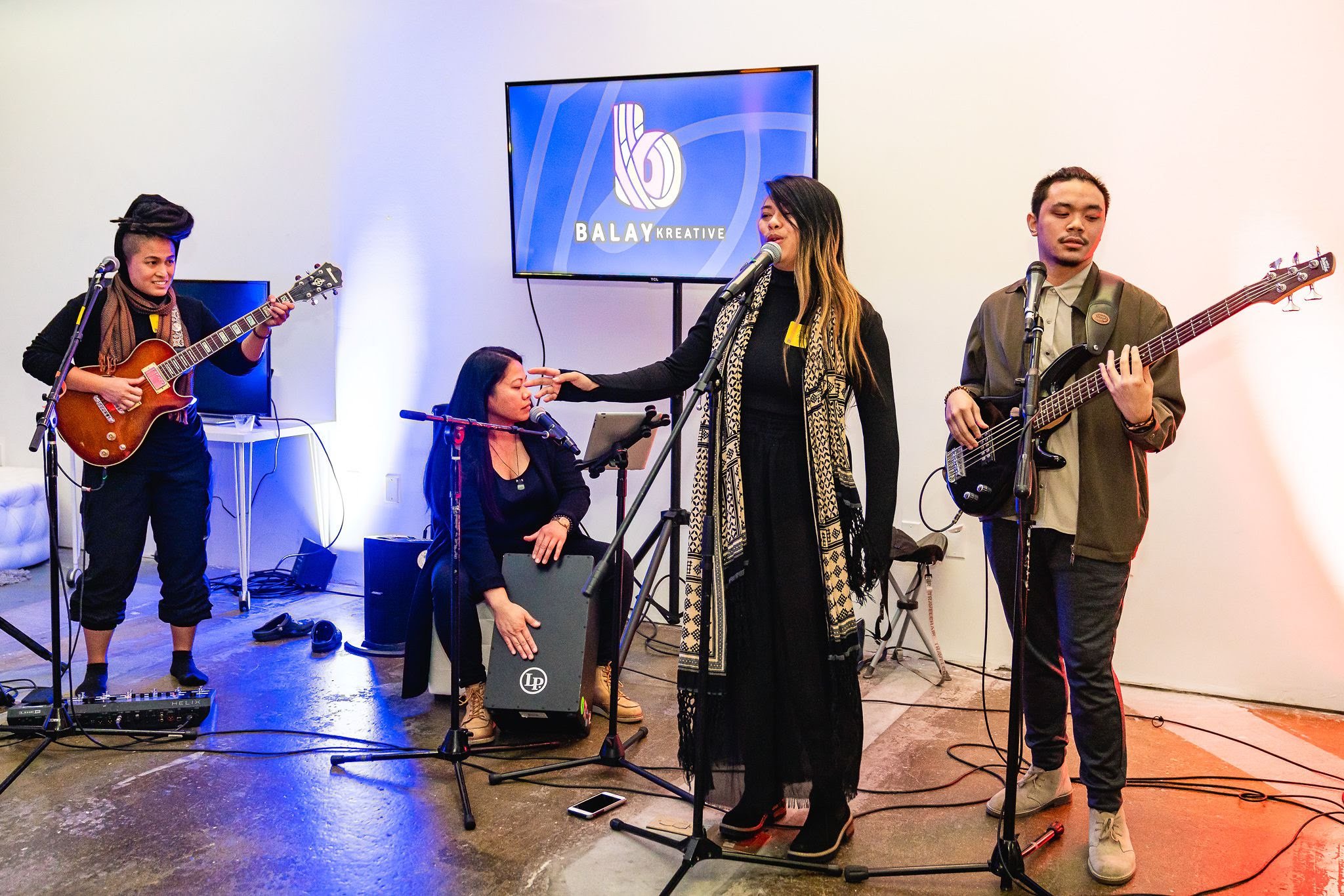
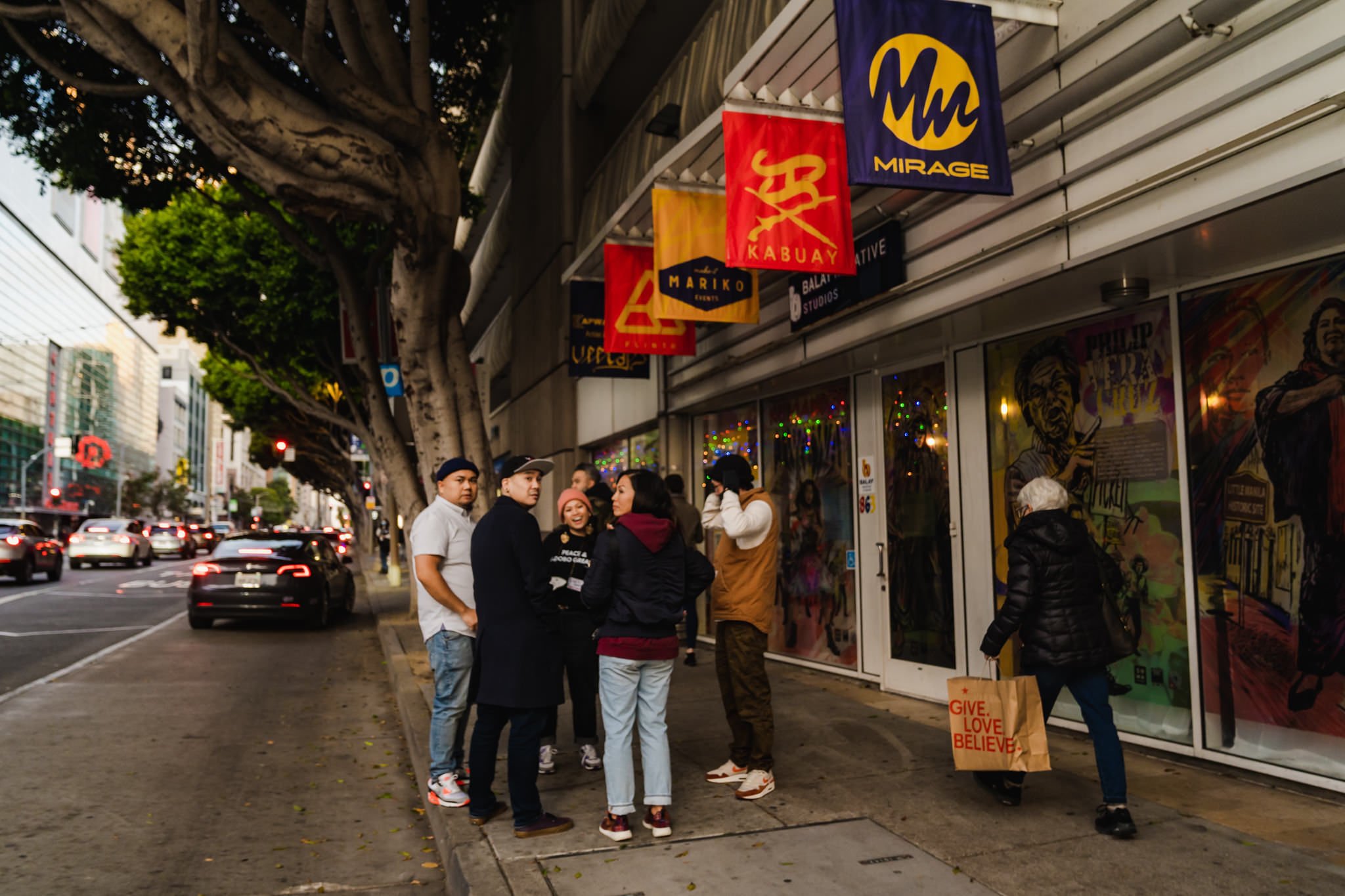
Whether it’s a workshop, helping artists with career development, our regranting program, or being a resident artist in our space, I feel like all of those things coupled with the intention of supporting, uplifting, and inspiring our artists can go so far. I feel like everything, no matter what folks do, has to have a purpose and an intention behind it. All the things I do with my life, whether it’s my art or my work here at Balay, my intention is going to be to uplift, to elevate, and to support. I also wanna help folks with the decolonization journey of not relying on white folks anymore [Laughs].
Yeah, just burn it down.
I’m sure there’s a more eloquent way of saying that but-
Just say it as it is!
Yes! Like for us, by us. For so long, Filipinos have been relying on the colonizer to give them money, to give them power, to give them access, to give them permission. And what my intention is, is like “but we don’t need that”. We never needed that. That was a lie that was told to us by colonizers and if we continue to believe the lie, we’ll continue to be trapped in a system that was never meant for us to thrive and succeed. What we need to do is to really focus on our communities, uplift each other, and make it all within ourselves.
“For so long, Filipinos have been relying on the colonizer to give them money, to give them power, to give them access, to give them permission. And what my intention is, is like ‘but we don’t need that’. We never needed that.”
You said that perfectly. As Program Manager, what do you envision for the future of Balay Kreative? Are there any dream projects or collaborations that you want to do?
I have a million ideas, but off the bat, we want to start our podcast series, The Balay Kreative podcast, because how many mainstream podcasts are out there highlighting Filipinx artists? Maybe ten, but mainstream? None. So why can’t we start that? Again, for us, by us. We’re interviewing and creating a digital history of our artists on the come up and those that have been in the scene that a lot of folks don’t know about. We have to find out about them first and spread the word about what they’re doing.
DJs streaming their set at the Balay Streaming Hub.
I also want to do a Tiny Desk version for Balay, where we have musical artists come in and perform. Dream collabs would be HER and Bruno Mars [Laughs]. But also doing it with folks who are already doing it in SOMA, like Ruby Ibarra and Amihan - folks who are representing [the community] in their own way.
What excites you about the future of the Filipinx artistic community in the Bay?
I’m excited about how we’re gonna bridge the gap between the art community and tech. We’re in this unique position and environment where tech has sucked out a lot of culture and art in our city, but I think there’s a way where we can utilize that for our greater good.
Whether that’s producing our own stuff on YouTube as filmmakers, or NFT our art and our music. With San Francisco being at the forefront of tech, there’s so many partnerships that can happen. I want to focus on different mediums of art that we can use with tech, like Hueman’s Homebody exhibit in Berkeley, which was made by a Pinay artist. Things like that excite me and show me that it’s possible to marry tech and art in a healing kind of way.
What’s the importance of healing in art?
I think it’s a unique intention and perspective to infuse generational and ancestral healing into a space. Having folks take a look at themselves and see how much colonization has messed us up. I think that’s a unique way we can utilize Balay Kreative - not just as a space/hub for artists, but also as a safe healing space for everybody.
That’s so exciting and powerful. I can’t wait to see all that come to life. Anything else you want to let folks know about?
I’m gonna go on maternity leave soon [Laughs]. But yeah, folks should follow us on our social media and sign up for our newsletter because submissions for our regranting program will be opening up soon. We’ve restructured it a bit from last year, so we’re giving more money to smaller groups of artists so it’s a more focused approach, like having 8 artists and giving them $2,500 to $5,000 each.
Wanna hear more about Nicole’s journey and plans for Balay Kreative? Check out our exclusive video interview below!
If you enjoyed these in-depth conversations, stay tuned for upcoming interviews with our artists-in-residence. Follow us @balaykreative and subscribe for our newsletter to keep up-to-date with events and artist opportunities!


